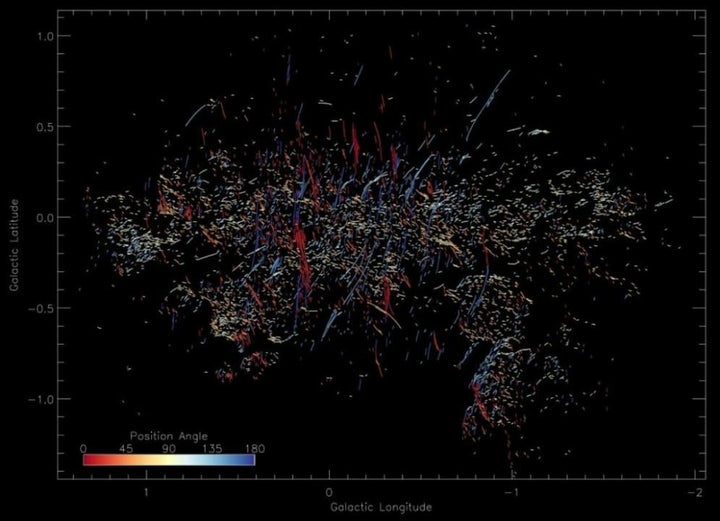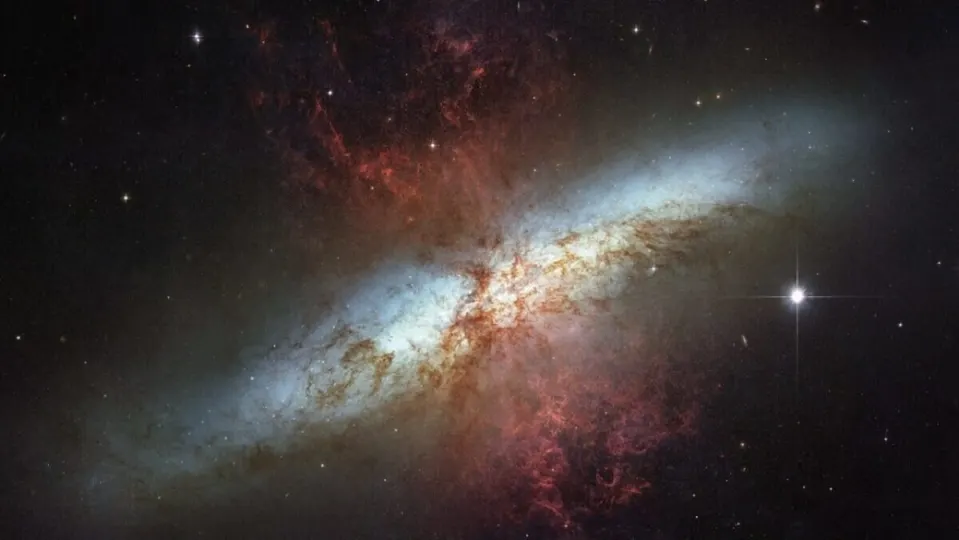Outside our planet is the immensity. And in the vastness there are millions of things we don’t know. For example, the structures that scientists have just captured.
An investigation into the mysterious filaments hanging in space around the heart of the Milky Way has discovered an entirely new population of them, lined up along the galactic plane and pointing in the direction of the galactic center.
According to astrophysicist Farhad Yusef-Zadeh of Northwestern University, these magnetized filaments are likely to be the remnants of an outflow from the supermassive black hole Sagittarius A that interacted with the surrounding gas a few million years ago.

Although this black hole is fairly quiet now, these remnants suggest that the center of our galaxy has been active recently, that is, on cosmic timescales.
And their discovery also means that the center of our galaxy, as wild and woolly as we already knew it to be, hides more fascinating secrets.
“It was a surprise to suddenly find a new population of structures that seem to point in the direction of the black hole,” says Yusef-Zadeh.
“The truth is that I was shocked when I saw them. We had to do a lot of work to check that we weren’t fooling ourselves. And we discovered that these filaments are not random, but appear to be tied to the outflow of our black hole. By studying them, we were able to learn more about the spin of the black hole and the orientation of the accretion disk. It’s satisfying when you find order in the midst of a chaotic field in the core of our galaxy.”
Filaments floating around the galactic center are not a novel finding. In fact, Yusuf-Zadeh and two of his colleagues discovered them in the 1980s: about 1,000 long, vertical magnetic structures up to about 150 light-years long, and hanging in surprisingly orderly, harp-string-like arrangements.
They could be the result of winds from an active supermassive black hole or turbulence in the intergalactic medium, stirred up by the motion of galaxies.
The new population was discovered from data collected by the MeerKAT radio telescope in South Africa. Yusuf-Zadeh and his team were cleaning the data, removing the background to make the vertical filaments more visible, when something else emerged.
Some of the links added in the article are part of affiliate campaigns and may represent benefits for Softonic.


